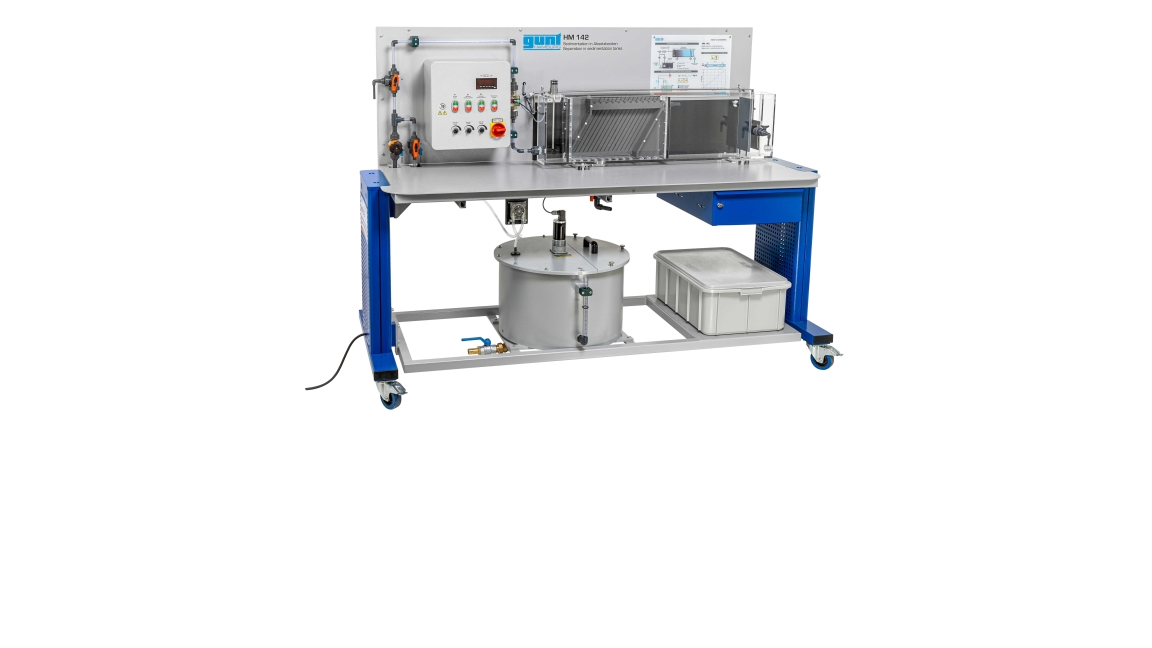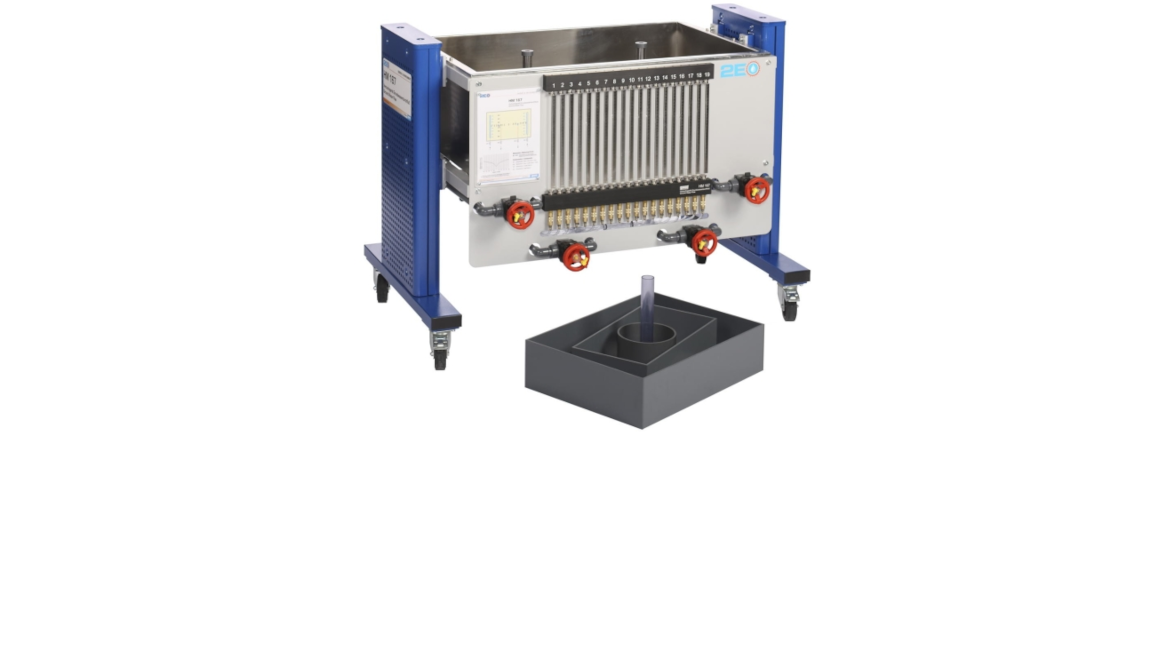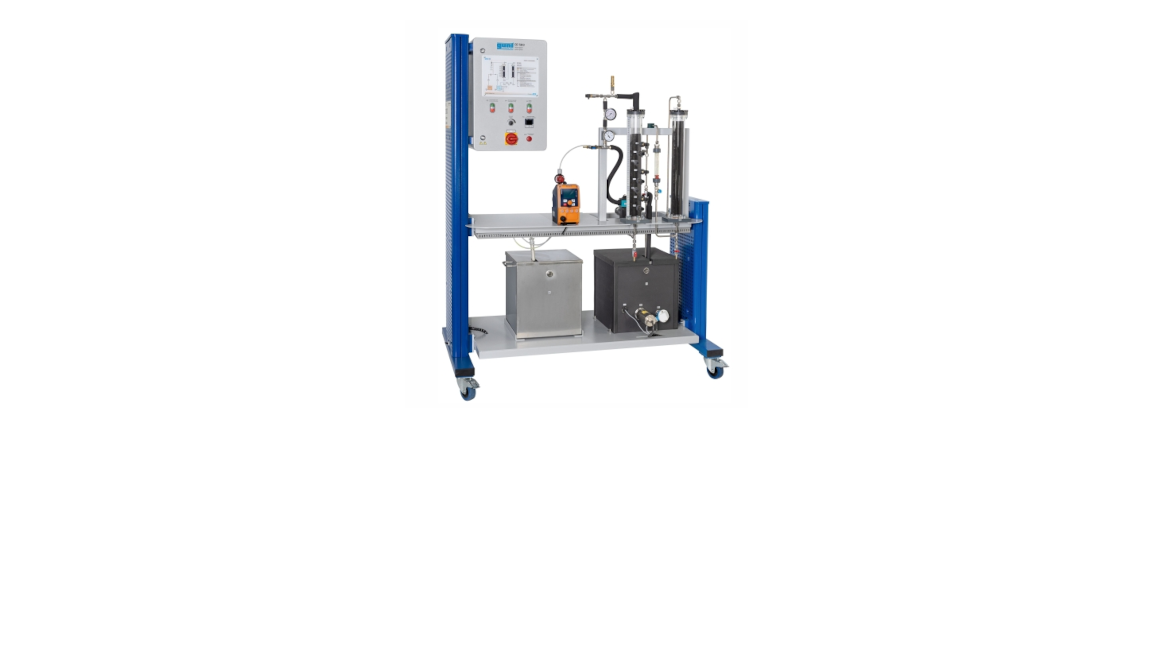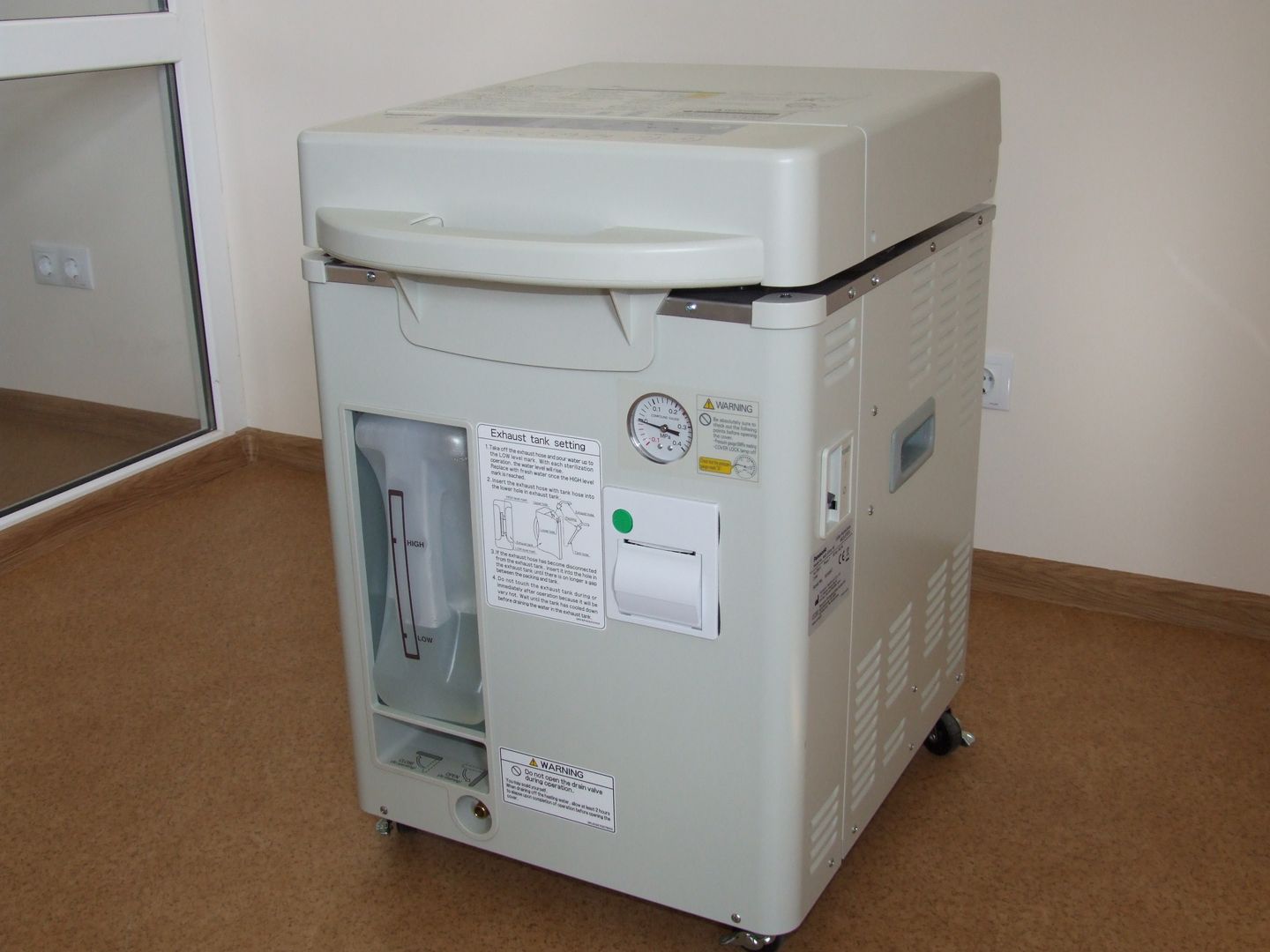
Contacts and Location
| Enquire about this equipment | |
| Organisational Unit |
Riga Technical University Rezekne Academy of Technologies Chemistry, Biology and Biotechnology Research Center - Latvia, Rīga |
Description
In sedimentation tanks, solids are separated out from suspensions under the influence of gravity. In this process the density of the solid particles must be greater than that of the liquid. HM 142 makes it possible to investigate the separation of solids from a suspension in a sedimentation tank. First a concentrated suspension is prepared in a tank, comprising water and the solid to be separated. A pump transports the concentrated suspension to the sedimentation tank. Upstream of the sedimentation tank the suspension is mixed with fresh water. The raw water generated in this way flows into the sedimentation tank via an inlet weir. A stirring machine is located upstream of the inlet weir. This prevents solids sedimenting before entering the sedimentation tank. The treated water first flows under a baffle and then over a weir to the outlet.
Specification
Sedimentation tank (experimental section) LxWxH: 900x110x300mm max. filling capacity: approx. 25L material: plexiglass Lamella unit angle of inclination of lamellas: 60° number of lamellas: 16 Suspension tank capacity: approx. 85L material: stainless steel Pump max. flow rate: 75L/h Stirring machines (max. speed) suspension tank: 600min-1 sedimentation tank: 330min-1 Measuring ranges flow rate: 30…600L/h 230V, 50Hz, 1 phase 230V, 60Hz, 1 phase; 120V, 60Hz, 1 phase LxWxH: 2200x790x1540mm Weight: approx. 220kg
Services
To investigate the separation of solids from a suspension.
Contract title
Contract short description
Contract full description
Sedimentācijas tvertne (eksperimentālā sadaļa) PxWxH: 900x110x300mm maks. uzpildes jauda: apm. 25L materiāls: organiskais stikls Lameļu vienība lameļu slīpuma leņķis: 60° lameļu skaits: 16 Piekares tvertne ietilpība: apm. 85L materiāls: nerūsējošais tērauds Sūknis maks. plūsmas ātrums: 75L/h Maisīšanas iekārtas (maksimālais ātrums) piekares tvertne: 600 min-1 sedimentācijas tvertne: 330 min-1 Mērīšanas diapazoni plūsmas ātrums: 30…600L/h 230V, 50Hz, 1 fāze 230V, 60Hz, 1 fāze; 120V, 60Hz, 1 fāze PxWxH: 2200x790x1540mm Svars: apm. 220 kg
Funding Source
| EU Structual Funds (ERAF, ESF) | - |
|---|
Manufacturer
G.U.N.T. Gerätebau GmbH
Model
HM 142
Funded by EU






